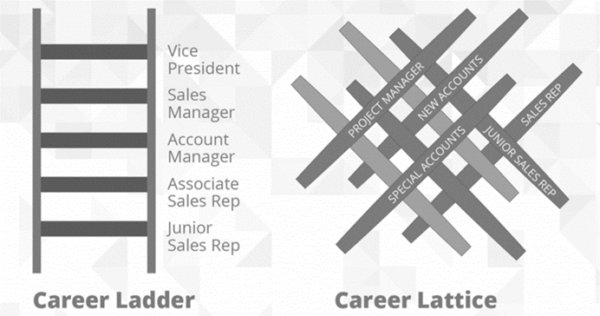The US workforce is more diverse than ever: racially, ethnically, and even generationally, with different generations working side by side. Each generation has somewhat unique characteristics and, generally speaking, is distinctly different from the others. This can present organizational challenges. However, it is also an opportunity to leverage generational strengths for improved organizational performance. Since talent is infused in everything successful organizations do, it’s important that organizations can attract, hire, and retain Gen Z employees as part of their success strategy.
Born between 1997 and 2012, Gen Z currently makes up 20.35% of the US population. The eldest among them are between 22 and 25 years old, so you can expect members of this generation to start trickling into your ranks more and more in the coming years. They will impact the workplace for decades to come.
This generation:
- Is the most racially diverse generation, comprised of 52 percent white, 25 percent Hispanic, 14 percent Black, and 4 percent Asian people.
- Has been raised with the internet and mobile devices from birth.
- Faced more financial challenges, as well as greater mental health challenges, than Millennials or Gen X.
What Does Gen Z Expect From An Employer?
Gen Z is interested in who organizations really are in terms of their mission, vision, and culture. Additionally, they value benefits like short-term loans, mental health applications, daily pay features (same day pay option), and fitness and weight management services. They want fair and ethical bosses who encourage them to speak up and also help them create social impact. Gen Z is looking for a Diversity, Equity and Inclusion (DEI) culture. The majority of them (86%) want to know a potential employer’s commitment to diversity before accepting an offer. 67% are reluctant to accept an offer if they don’t meet any underrepresented employees during their interview process. Career advancement plays a prominent role in retaining Gen Z employees. They are seeking mentoring, training, and meaningful roles. 75% expect a promotion in the first year. 60% expect to change roles within the organization within two years; 50% admit they intend to look for a new job within three years. Some best practices to fine-tune the Gen Z hiring process include:- Employee Referrals: Referrals are the number one source of Gen Z hiring. Over 60% of Gen Z candidates say referrals from current or former employees and alumni networks are their favorite way to learn about potential employers.
- Employee Influencer Networks: Lean on your current employees to attract young talent. Invite team members to share their work lives on social media, and post when you have new open positions.
- On-Campus Career Fairs: Gen Z values face-to-face communication. They prefer college career centers and hiring events nearly twice as much as their Millennial counterparts.
- Improve Your Career Site: A Careers Page is the foundation of your recruitment marketing strategy for Gen Z. Modernize your website and attract more candidates. Ask yourself: How does your website reflect your vision? Update information to make your open role postings more appealing to the newest wave of job seekers.
- Personalize Your Communication Strategy: Ask candidates to join the talent community before they apply. Share content based on their indicated interests. During the interview process, give frequent updates to let candidates know about their hiring status. At the time of making an offer, send a small care package that speaks to your new hire.

Now it’s time to apply a few ideas for the career advancement and retention of the Gen Z workforce:
- Create 30, 60, and 90-Day Objectives: Illustrate the value of these objectives and invite employees to accelerate the trajectory of their careers.
- Build an Employee Development Engine: Start in the right strategic direction, collect all relevant data points, have a professional development plan in place, integrate learning and development as a part of the career advancement, and measure performance at regular intervals.
- Demonstrate a Career Path: Create a framework to shape the first few years of employment. Illustrate a path that involves different tasks and roles to feed their need for engagement. Consider partnering at the university level to provide new learning opportunities. Set up internal marketplaces within your organization to match projects with needed skill sets.
- Use a Career Lattice Pathway: Career lattice pathways allow for vertical, horizontal, and diagonal movement. They are much broader than career ladders, which are narrower, have a vertical view, and focus primarily on getting promoted to the next job title. Nearly 90% of workers would consider a cross-departmental move without a financial incentive.

- Create Competencies: By aligning organizational competencies and expected proficiency levels with position descriptions, organizations can hire people who add value to the organization in a strategic and targeted way.
Best Practices to Hire Gen Z
Over 80% of Gen Z prospects expect the hiring process to take a maximum of two week. Transparent communication is essential for hiring Gen Z. 54% of Gen Z prospects won’t apply if they feel recruitment is dated. Outdated recruitment examples include:- Walk-in interviews
- Generic or unclear job descriptions
- In-person initial interviews
- Job advertisements in print
- Using temporary employment agencies

